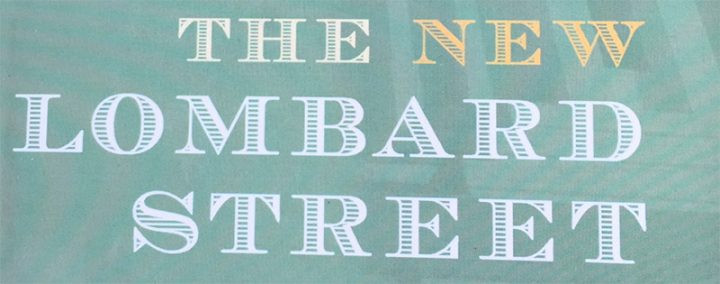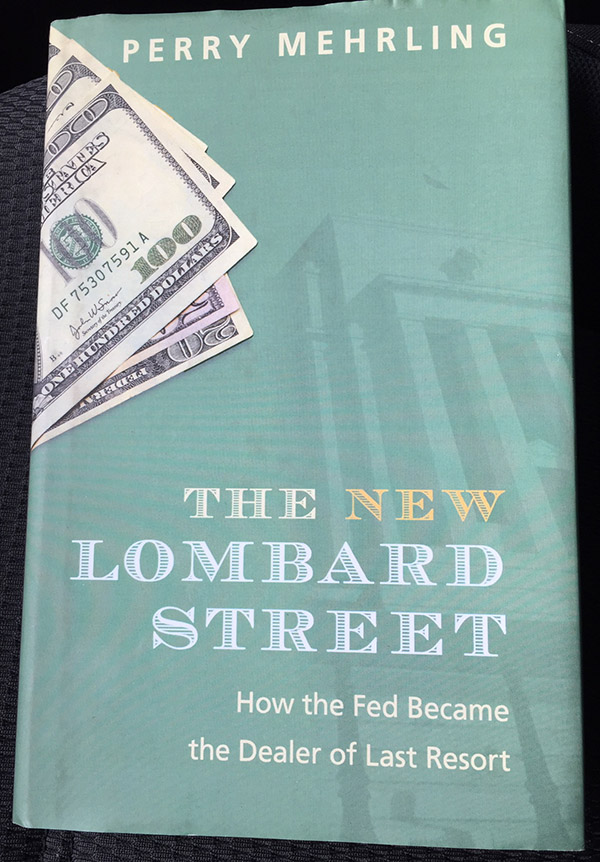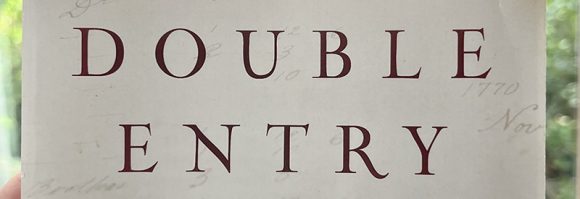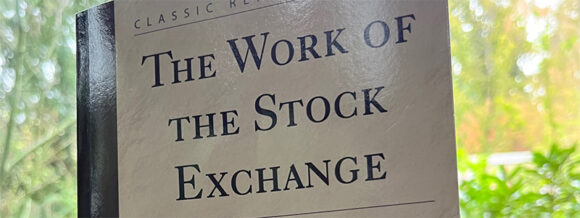
Back to understanding money and economics, I started reading The New Lombard Street soon after serendipitously discovering the wonderful online class, Economics of Money and Banking by Professor Perry Merhling (@PMerhling).
After two or three years buried under other books on my nightstand, prodded a bit by a discussion group popping up on Reddit talking about the class, I finally finished Merhling’s book.
This is one of those books whose premises and arguments are so obvious that unless you are an expert in the field, you can’t tell exactly what is being argued for, as all the conclusions make perfect sense. I had the same problem reading Keynes’ The General Theory of Employment, Interest, and Money earlier this year.
Both books describe how macroeconomics and markets actually work. Apparently other economists before then were not seeing as clearly as Keynes and Merhling. Same goes again for Smith in The Wealth of Nations.
This should not be a surprise for The New Lombard Street, as it is named after Lombard Street, Bagehot’s book from 1873 that explained how financial markets worked when Britain was the center of global commerce.
Anyhow, I recommend watching the online class before reading The New Lombard Street. The same topics are discussed. The class has more examples and anecdotes and a better explains all the references. The book is written more for economists who know the historic writings.
If you, like me, have wondered how money truly works, I highly recommend this class and this book. It does an excellent job of outlining a framework to make sense of the complex, modern money markets.














